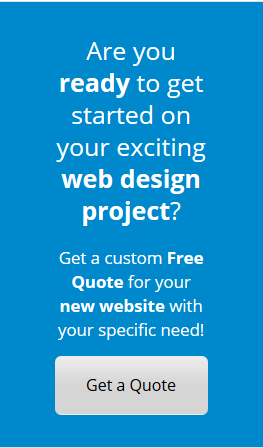Create High Impact Websites
Home
The Art and Science of Website Design:
Creating Effective Digital Experiences
In the digital age, a website is often the first point of contact between a business and its customers. As such, website design plays a pivotal role in making a strong impression, communicating brand identity, and driving conversions. This article delves into the key elements and trends in website design, the importance of user experience (UX), and how to create effective digital experiences.
The Importance of Website Design
Good website design is more than just aesthetics. It combines creativity with functionality, ensuring that a site is not only visually appealing but also user-friendly. Here are some reasons why website design is vital:
-
First Impressions Matter: Research shows that users form opinions about a website in as little as 0.05 seconds. An appealing design can build trust and encourage potential customers to explore more.
-
Brand Identity: A well-designed website reflects a company's brand identity, including its values, mission, and unique selling propositions. Consistent branding across a website can create a cohesive experience and reinforce brand recognition.
-
Improving User Experience: Thoughtful design enhances usability. A well-structured site with intuitive navigation and fast loading times keeps users engaged and reduces bounce rates.
-
SEO Considerations: Good design can significantly impact search engine optimization (SEO). Sites that are easy to navigate and accessible tend to rank better in search results. Elements such as mobile responsiveness and page load speeds are essential for SEO success.
Key Elements of Effective Website Design
1. Responsive Design
With a growing number of users accessing the internet via mobile devices, responsive design has become a necessity. This practice ensures that websites adapt to different screen sizes, providing an optimal viewing experience across devices and platforms.
2. User-Centric Navigation
Intuitive navigation is crucial for enhancing user experiences. Menus should be easy to find and straightforward to use, allowing users to find the information they need quickly. Consider organizing content into categories and using a search function to streamline the navigation process.
3. Visual Hierarchy
Establishing a clear visual hierarchy helps guide users through the content. This can be achieved through strategic use of color, size, spacing, and placement of elements. Important information should stand out prominently, while secondary content can be more subdued.
4. Consistent Branding
Consistency in colors, fonts, and overall design elements reinforces brand identity. Companies should create a style guide to ensure that all aspects of their website align with their branding strategy.
5. Compelling Content
Content is king, and it must be presented in an engaging way. Websites should prioritize high-quality, relevant content that provides value to users. Incorporating visuals, such as images and videos, can break up text and enhance engagement.
6. Call to Action (CTA)
CTAs are essential for guiding users towards desired actions, whether that’s making a purchase, signing up for a newsletter, or contacting the business. Effective CTAs should be noticeable, action-oriented, and strategically placed throughout the site.
Current Trends in Website Design
As technology evolves, so do design trends. Here are some notable trends shaping the future of website design:
1. Minimalism
Minimalistic design focuses on simplicity, using fewer elements to create a clean and efficient user experience. This approach enhances usability and allows content to shine without distractions.
2. Dark Mode
Many users prefer dark mode for its aesthetics and eye comfort. Incorporating a dark mode option can enhance user satisfaction and differentiate a brand from competitors.
3. Microinteractions
Microinteractions are subtle animations or design elements that respond to user actions, such as a button changing color when clicked. These interactions can enhance user engagement and add personality to a site.
4. Voice User Interface (VUI)
As voice search becomes more prevalent, designing websites that are compatible with voice search technology is essential. This includes optimizing for natural language and conversational phrases.
5. Animations and Motion Graphics
Animations can bring a website to life by guiding users’ attention and creating a dynamic experience. However, it’s important to use motion sparingly to avoid overwhelming users.
In conclusion, website design is a multifaceted discipline that combines creativity, functionality, and user experience. By focusing on responsive design, intuitive navigation, consistent branding, and current trends, businesses can create effective digital experiences that resonate with users and drive results. As online competition grows, investing in quality website design is not just a cosmetic choice—it's a strategic necessity that can significantly impact a brand's success. Whether you're launching a new site or revamping an existing one, the principles of good design hold the key to engaging and retaining your audience in an ever-evolving digital landscape.
